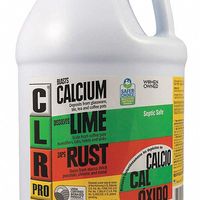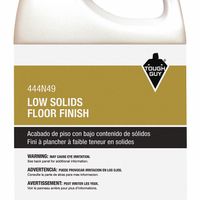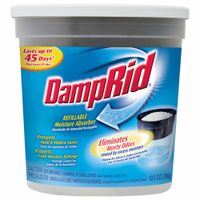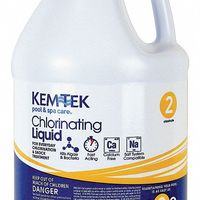- Home
- Cleaning And Janitorial
- Cleaning Chemicals
.....Read More

Adhesive Removers

Calcium, Lime & Rust Removers

Carpet & Upholstery Cleaners

Cleaners & Degreasers

Dilution Control Systems

Dishwashing Soaps, Detergents & Rinses

Drain Cleaners & Openers

Floor Care Chemicals

Graffiti Removers

Laundry & Fabric Care

Moisture Absorbers

Mold & Mildew Removers

Pool Chemicals

Surface Disinfectants & Sanitizers
Frequently Asked Questions
What are the best cleaning chemicals for disinfecting surfaces?
How do degreasers work to remove grease and oil?
What is the difference between sanitizing and disinfecting?
How do dilution control systems work?
What are effective methods for removing calcium, rust, and lime deposits?
How can I safely use cleaning chemicals to avoid health risks?
What are the best products for removing mold and mildew?
How do I choose the right cleaning chemical for my specific needs?
What are the environmental impacts of using cleaning chemicals?
How can I remove graffiti without damaging surfaces?